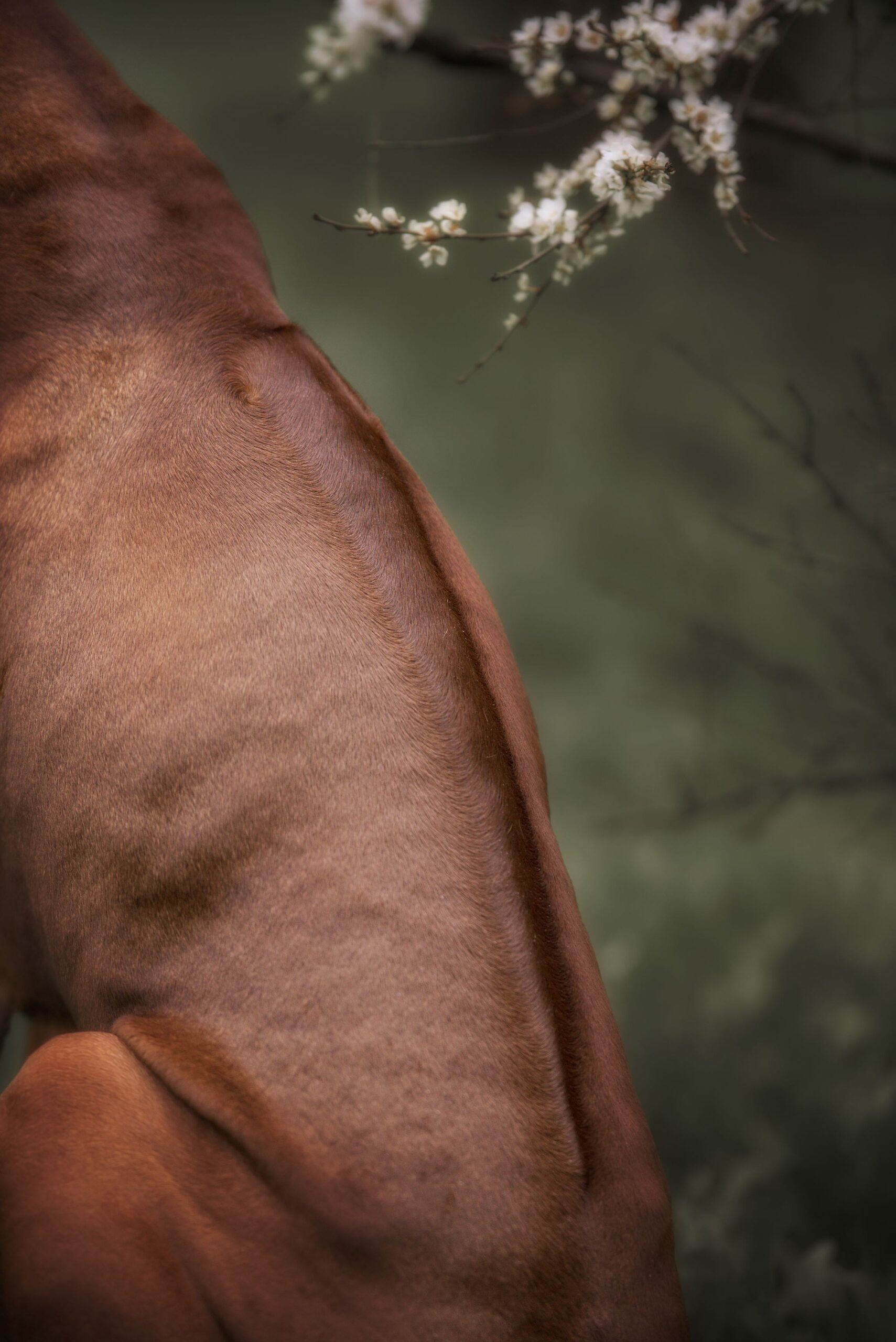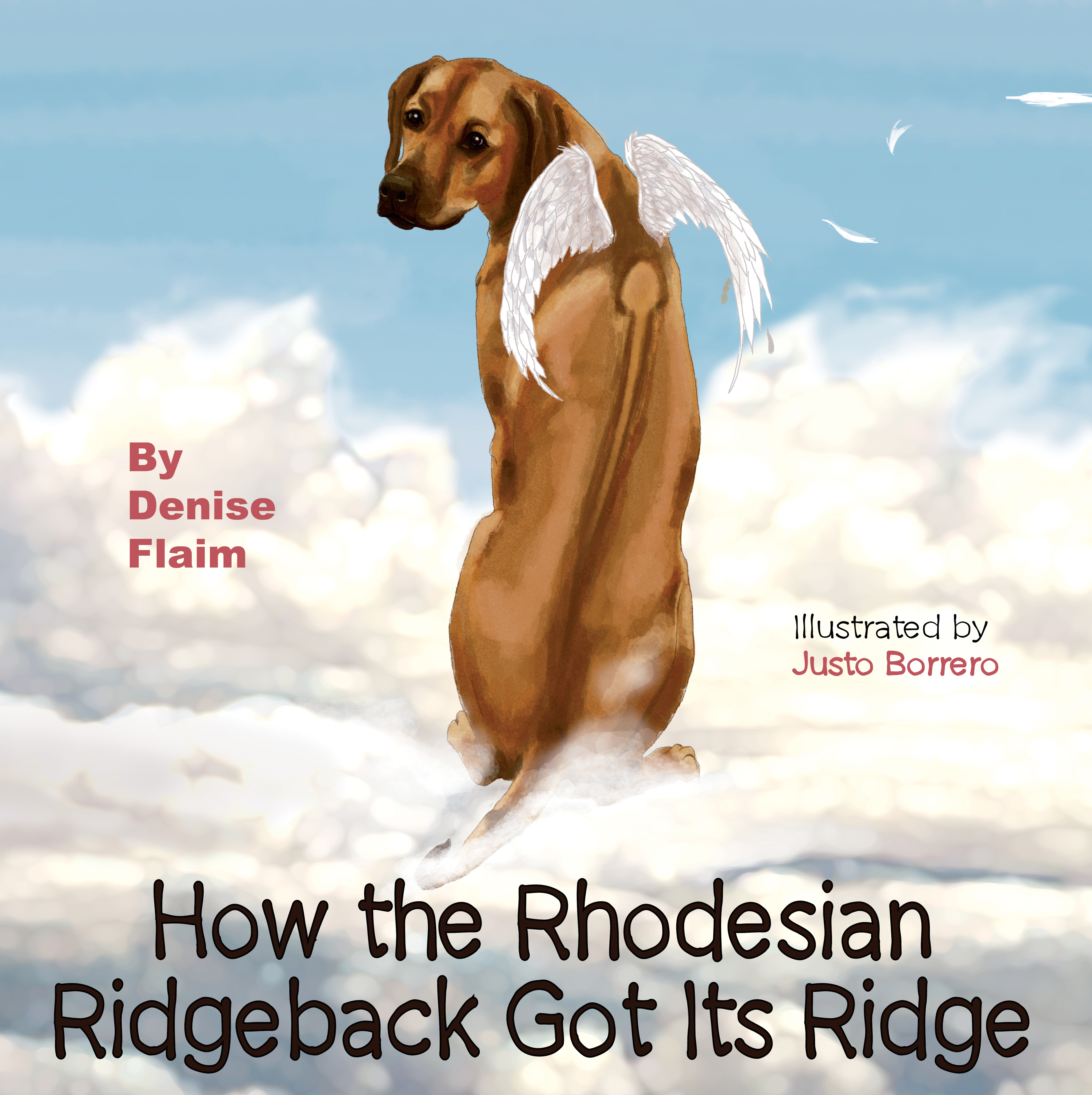The Mysteries of the Ridge, Revealed!

In late June, more than 200 Rhodesian Ridgeback fanciers from across the planet convened in Lund, Sweden, for the 2016 Rhodesian Ridgeback World Congress.
Held every four years, the World Congress is a unique event where the Ridgeback faithful can share views and news, discuss challenges facing the breed, and ignite and rekindle friendships. And last month’s gathering truly raised the bar: Many attendees commented that the line-up of speakers was the among the best of any congress they had attended.
I’d have to agree. Here is just one discussion – I’ll share more in future newsletters – that really set off the lightbulb above my head.
Geneticist Mirko Hornak of the Czech Republic has developed a commercial DNA test that can identify whether a Ridgeback is homozygous or heterozygous for the ridge gene. Other geneticists are offering this service, too, including Jennifer Turner Waldo of the State University of New York at New Palz, who has a DNA test for U.S.-based dogs.
(Quick genetics review: Homozygous dogs, which have two copies of the dominant ridge gene, written in genetic shorthand as RR, can never produce a ridgeless puppy. Heterozygous dogs, which have just one copy of the gene, or Rr, can produce ridgeless if bred to another heterozygote, or a ridgeless. Got it?)
Recently, I’d heard some breeders say that these genetic tests are faulty. Why? Because dogs that were determined to be homozygotes – Ridgebacks that in theory could never produce ridgeless — in fact have produced non-ridged offspring.
Instead, as Mirko and other presenters at the World Congress explained, the ridge mutation, while dominant, has incomplete penetrance. In other words, some dogs may appear to be ridgeless, but are in fact genetically ridged.
In testing Ridgebacks in his lab, Mirko wrote in his abstract for the World Congress, “it was found that sometimes even a dog with one ridge gene (Rr) is ridgeless. This might happen because the ridge gene is very likely silenced,” he posited, adding that no Ridgebacks with two ridge genes (RR) were found to be ridgeless. Mirko estimates that this “silenced” ridge gene occurs in almost 4 percent of puppies produced from homozyogous to heterozygous,or RR x Rr, matings.
This probably explains why persistent oral history in the breed says that ridgeless-to-ridgeless breedings produced ridged offspring. (Even Major Hawley in his landmark book of the breed talks about a Ridgeback being produced from a breeding between ridgeless dogs.) If one of those “ridgeless” dogs was genetically ridged, even though he or she did not have a ridge as we understand the term, then that is indeed possible.
What does this mean for serious students of the breed? We need to understand that it’s not the DNA testing for the ridge gene that’s faulty – it’s our perception of “ridged” that is. While most Ridgeback fanciers understand “ridged” to mean having a very visible stripe of backward-growing hair along the back, genetically “ridged” may mean that just a few hairs are growing against the normal grain of the coat. That follicular disturbance may not be visible to the naked eye, but instead may exist on a molecular level.
(As it happens, I produced one of these “silently ridged” puppies. Click here to see the usual “phantom ridge” that the puppy possessed!)
Curiouser and curiouser! Look for more World Congress views and analysis in upcoming posts …


